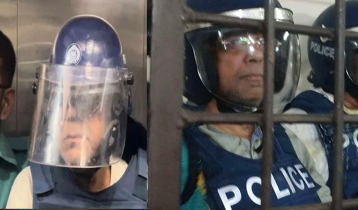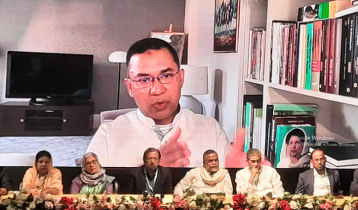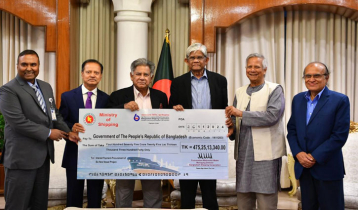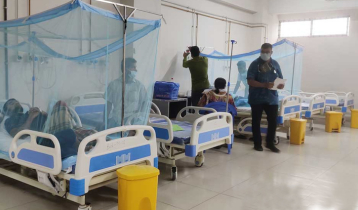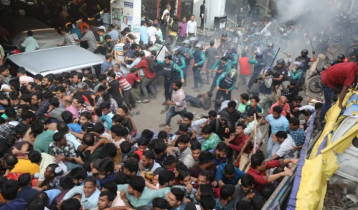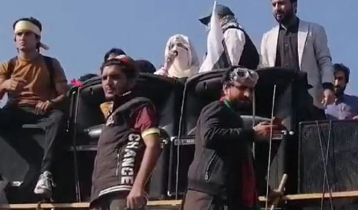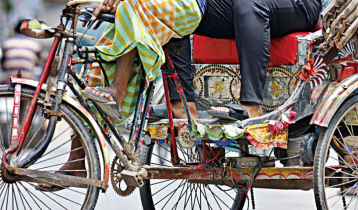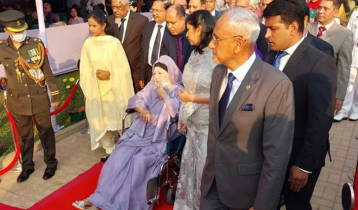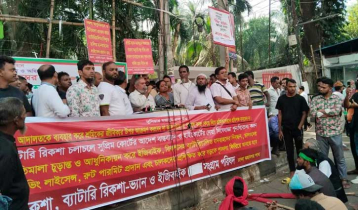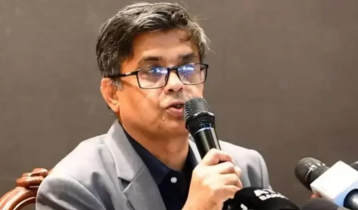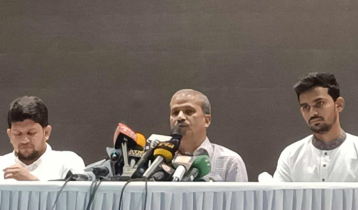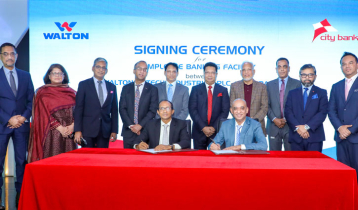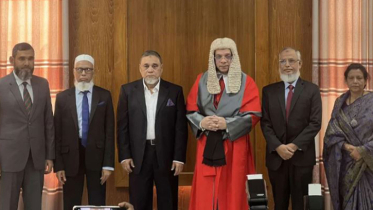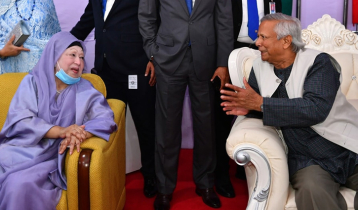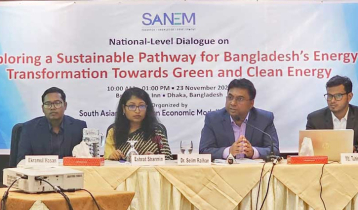Long-awaiting concrete embankments to be built at Brahmaputra
Md Mahfuzur Rahman || risingbd.com
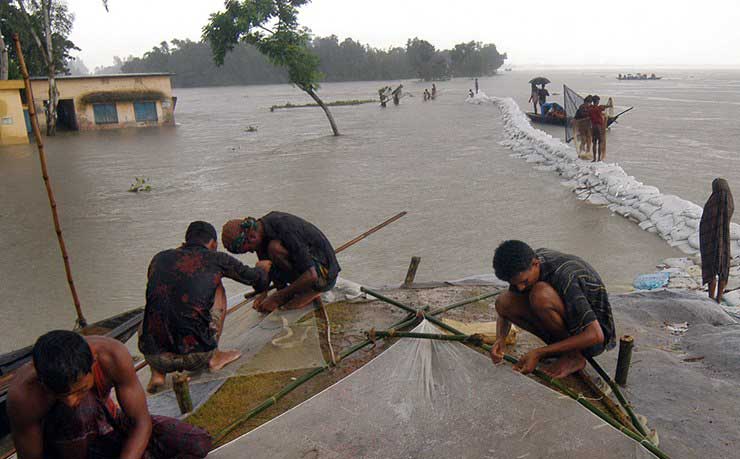
People affected by flooding in the areas
Staff Correspondent: Bangladesh is finally going to build massive concrete embankments along the Brahmaputra to quell the devastation wreaked by every year by floods and erosions.
People affected by flooding dismantle their homes and move to higher grounds as the flood situation worsens.
Finally people living on the banks of mighty Brahmaputra River in Bangladesh will get the long-awaiting concrete embankments which they hope will save their homes and land from being washed away every year by erosion and floods.
The government of Bangladesh has launched a US$1.5 billion mega project to stabilise the western embankments of the Brahmaputra.
“At least we won’t have to move house every year once the concrete embankments have been built, said Atiqur Rahman, chairman of Dhunot in Bogra district. The embankment will also save crops from floods, he added.
Thirty-eight year old Atiqur Rahman has already shifted his own house six times. He said local people have been urging the government to build concrete structures on the banks for some time.
The concrete structures will be built along 130 kilometres of the west bank of the Brahmaputra river, which rises in the Himalayas in Tibet before flowing through India and into Bangladesh, where its known as the Jamuna.
Around 10,000 people lose their homes and livelihoods every year as a result of river erosion, according to the Bangladesh Water Development Board. These people lose everything and are left destitute.
The total project will stretch from the confluence of the Brahmaputra and Teesta rivers in Gaibandha district through to Hasnapara, according to the proposed plan.
A 50-kilometre stretch between Simla and Hasnapara has been identified as a priority for the first phase of the project and will cost around US$600 million. The World Bank will provide US$500 million and the government will make up the rest, said project director Sarder Sirazul Hoque.The World Bank is expected to approve the project by September 2015.
Counting the benefits
Addressing escalating flood risks is essential to ensure food security for Bangladesh’s growing population, said water resources minister Anisul Islam Mahmud. The project will eventually protect 4.8 million people and agricultural land in three districts, he added.
About 70% of people in Bangladesh live in flood prone rural areas, and almost half of the population work in agriculture. Significant investment in flood control schemes is necessary to boost economic growth and reduce poverty.
Hydrologist and retired professor, Ainun Nishat, welcomed the government’s decision to try to reduce erosion: “Erosion is the natural process of a braided river like the Jamuna,” he said.
The vast braided Brahmaputra river is one of world’s major rivers in terms of water flow and sediment discharge. The river carries around 2 billion tonnes of sediment from the Himalayas down to the Bay of Bengal. At the same time the river erodes its banks it deposits silt on the riverbed, so that new riverine islands are formed, called chars. In Bangladesh several thousand people live on chars.
However in recent years there has been more erosion and less island-building , and this trend is accelerating. Scientists say this could be linked to increased river flow as glaciers melt in the Himalayas, due to global warming, or the construction of hydropower projects upstream, which hold back essential silt.
Impact on fish and biodiversity
The Brahmaputra is home to over 150 different fish species and large numbers of people in the region depend on these fish for their livelihoods and as a source of protein.
Professor Nishat, who is involved in the project’s environmental impact assessment, said they have deigned 20 fish passes in the proposed concrete embankments, to ensure fish can move freely onto flood plains.
Some experts are concerned about the current project design. Md Aminul Islam, chief engineer of the Bangladesh Water Development Board, argues it would be better to start construction upstream and move downwards, rather than from the middle point, as proposed.
Thousands more evicted
The project itself will require a large amount of land and displace several thousands of people living on the bank.
Chairman of Kazipara in Sirajganj district, Bakul Akhter, told that those people who will be evicted want proper compensation.
The government is considering a five-year social development plan to resettle villages and support those who lose their land. Around 4,000 families will be rehoused and given land and the 6,000 other families remaining on the existing embankment will be offered livelihood support, according to the project director.
Some fear the construction of embankments along the western bank will create problems for people on the eastern chars. Ainun Nishat said this will not be the case due to the existing breadth of the river and the multiple river channels.
He also said that the government should carefully monitor the impact of the work as it progresses and, if necessary, take action to protect the east bank as well.
The banks of the river have widened from an average of 8km to 12km since the 1970s due to erosion, according to a study by the Dhaka based Center for Environmental Geographic Information services (CEGIS) and the west bank is more vulnerable than the east.
Source: Thethirdpole.net
risingbd/ Apr 6, 2015/ Shafiq/ Mahfuz
risingbd.com


